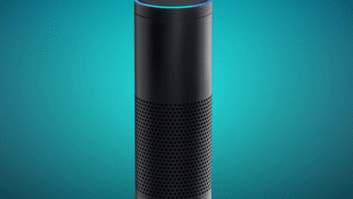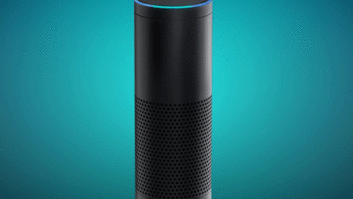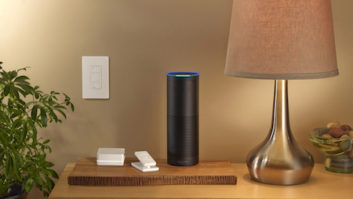Google recently made a splash in the smart home headlines with the announcement of Google Home. A direct competitor to Amazon’s Echo, Google Home is a stationary speaker/voice-activated assistant. The product allows users to do things like stream music, get answers from Google, manage everyday tasks, and control various connected home devices. It is expected to start shipping later this year.

Image: Google
Google’s formal entry into voice control for the home serves as a stark reminder that the CEDIA channel needs to be paying very close attention to this nascent category. It won’t be long until we are all regularly fielding inquiries about voice control on our projects, assuming you’re not already. Formulating an effective response is difficult, but it must be done. Home tech pros and manufacturers alike should be working with urgency to craft strategies around a simple tenet: voice control for the home has arrived.
What Integrators Can Do
As is usually the case, integrators have to grapple with the more complicated side of this equation. Our immediate challenge will be to find ways that products like Echo and Google Home will fit into our current value proposition. Looking for ways to integrate these platforms with our current products is an obvious example. But this approach leaves you at the mercy of your manufacturers who are likely playing catch up, if they’re paying attention at all.
Using this new category as a mechanism to sharpen our focus in a service-oriented, consultative approach is something we can, and must, do on our own. This starts with getting a solid grasp on the available platforms. What are they capable of? What are their limitations? Is one a better fit than the other? What are the respective long-term visions? These are the questions our clients will want answered, and we must be ready to answer them. In particular the most important one: “Is there someone I can call if I need help?”
I’m Looking at You, Manufacturers
While integrators must fight to secure a bridgehead, it will be up to CEDIA manufacturers to bring up the reinforcements. Manufacturers should be aggressively pursuing integration with existing products like Amazon Echo. We are starting to see a few companies working with Echo. But we need more, and we need them urgently. We also need our manufacturers to be strategizing for what lies ahead. Google Home will hit the market this year, and you can bet that a similar initiative from Apple won’t be long in the making.
Proprietary initiatives on the part of our manufacturers are also needed. A few are underway, but nothing that even comes close to the form factor, low cost, and ease of use promised by Echo and Google Home. Additionally, current voice control solutions aimed at the CEDIA space are all void of a critical feature, one that is the primary reason for Echo’s success: it’s always on and always listening. No physical remotes. No apps needed. Just tell it what you want. With that simple revelation Echo changed the game. I hope our manufacturers are taking notes.
There is a pent up demand for a good voice interface in the home. Amazon’s success with Echo has proven that. With Google entering the fray, it’s only a matter of time until our clients aren’t inquiring about voice control, but rather demanding it. It’s imperative that CEDIA integrators and manufacturers alike position themselves accordingly. If we’re not careful this is an opportunity that could easily pass us by.







